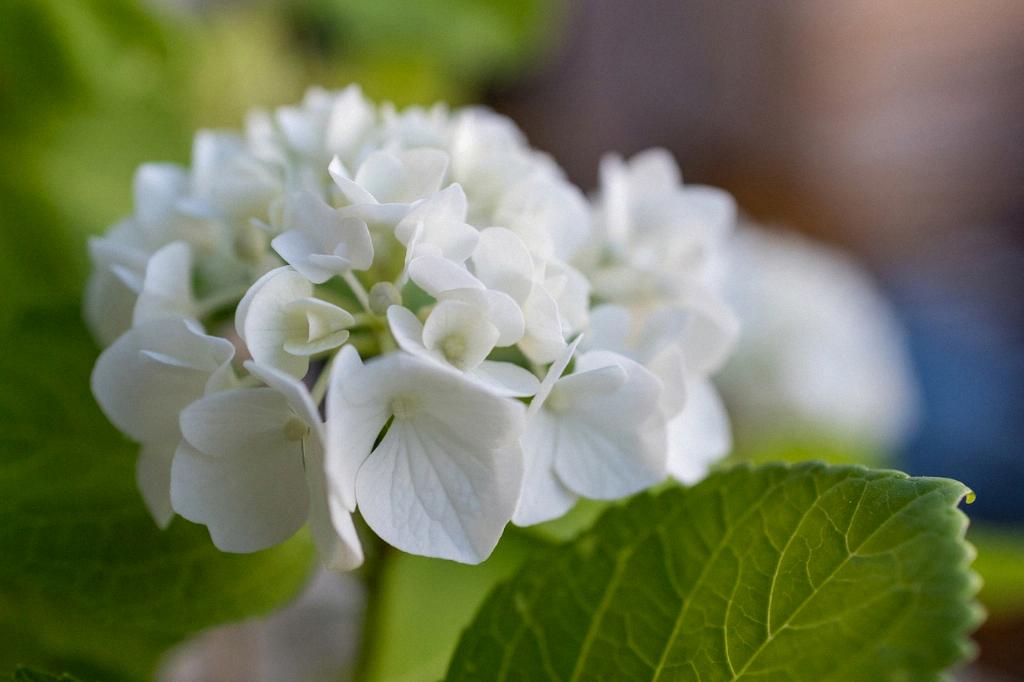When it comes to determining whether your hydrangea is dead or alive, it’s essential to observe the plant closely for any signs of life. One significant indicator that your hydrangea may still have a chance is the emergence of a tiny green leaf sprout at the base of the plant. This new growth is a promising sign that your hydrangea is not entirely lifeless.
Patience is Key
In cases where your hydrangea appears to be dormant or lifeless, it’s crucial to exercise patience and wait for signs of revival. While it can be disheartening to see a once vibrant plant looking lifeless, giving it time to potentially recover is essential before making any drastic decisions.
Checking for Vitality
To further assess the condition of your hydrangea, gently scratch the surface of a stem to check for any signs of green tissue beneath the bark. Green tissue indicates that the stem is still alive and has the potential to produce new growth in the future.
Test for Flexibility
Another method to determine the health of your hydrangea is by testing the flexibility of the stems. Live stems will have some degree of flexibility, while dead stems will feel brittle and break easily. Bend a few stems gently to assess their condition.
Inspecting the Roots
The roots of your hydrangea can provide valuable insights into its overall health. Carefully excavating around the base of the plant to examine the roots can help you determine if there is still life within the plant. Healthy roots are firm and fleshy, while dead roots will appear dry and brittle.
Pruning for Regeneration
If your hydrangea shows signs of life but also has areas of apparent death, consider pruning back the dead branches to encourage new growth. Trim away any dry or brittle stems to promote the regeneration of healthy foliage.
Providing Optimal Care
Ensuring that your hydrangea receives adequate care and attention is crucial for its recovery. This includes providing sufficient water, sunlight, and nutrients to support the plant’s growth. Regular watering and fertilization can help revive a struggling hydrangea.
Monitoring Progress
After implementing measures to revive your hydrangea, monitor the plant’s progress closely. Keep an eye out for any further signs of new growth, such as additional green sprouts or budding flowers. Positive changes indicate that your hydrangea is on the path to recovery.
Seeking Professional Advice
If despite your efforts, your hydrangea continues to show no signs of life, consider seeking advice from a horticulturist or gardening expert. They may be able to provide additional insights and recommendations for saving your plant.
Conclusion
In conclusion, determining whether your hydrangea is dead or alive requires careful observation and assessment of the plant’s condition. By looking for signs of life such as green sprouts, flexible stems, and healthy roots, you can gauge the health of your hydrangea and take appropriate actions to revive it. Remember to be patient and provide optimal care to give your hydrangea the best chance of recovery.

